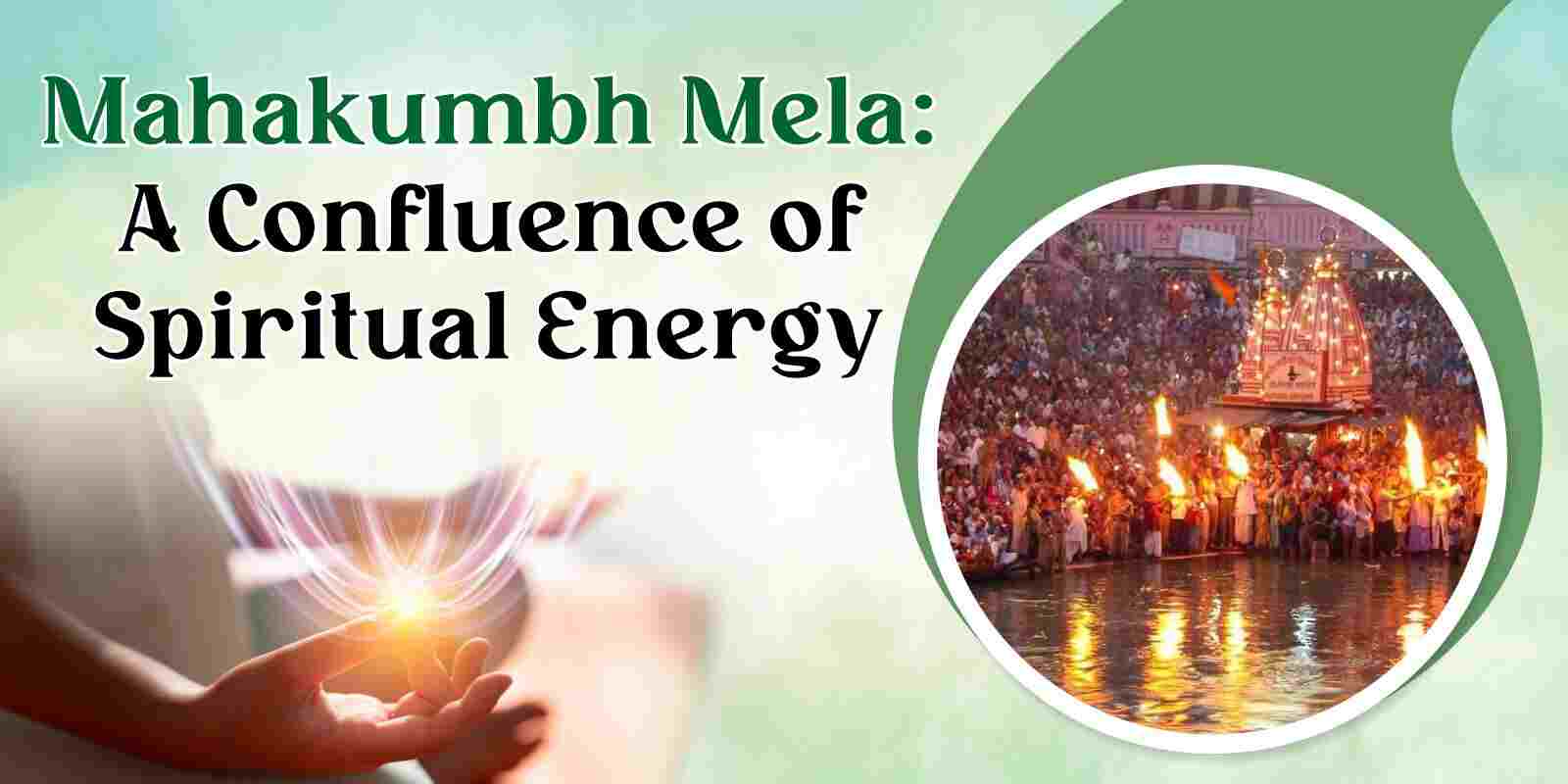
Mahakumbh is the talk of the town these days, and rightly so. After all, this grand confluence of spiritualism and religious fervor is a once-in-a-twelve-year phenomenon. Held at the confluence of the Ganga, Yamuna, and the mythical Saraswati rivers, it is one of the largest spiritual gatherings in the world. Millions of devotees immerse themselves in rituals connected to the Panchamahabhutas in Ayurveda.
In Ayurveda, the Panchamahabhutas have been considered vital to fully comprehend the body’s constitution (Prakriti) and balance. The Panchamahabhutas, or the five great elements, are the backbone of spiritual and healing practices like Ayurveda and Yoga. These elements—Prithvi (Earth), Ap (Water), Tejas (Fire), Vayu (Air), and Akasha (Space) are the building blocks of the Universe. However, their impact goes beyond the fickle material world; they govern the spiritual aspects of our lives as well. Ayurveda deems balancing five elements to be essential for the optimum functioning of the body. Any disruption in the fine balance of these elements can cause health problems. The Mahakumbh Mela is the divine integration of these elements to provide the ultimate enlightenment experience to the visitors. The Mahakumbh spirituality experience, in fact, derives its essence from the divine alignment of these Mahabhutas with the Universe, leading us to enlightenment.
In Ayurveda, the doshas (Vata, Pitta, and Kapha) are considered to have a unique combination of the Panchamahabhutas elements:
Maintaining a balance among the doshas results in a healthy body and mind. Ayurvedic treatments, therefore, aim to restore equilibrium by aligning lifestyle, diet, and therapies with the dominant elements.
What is the first thing that comes to your mind when you think about the Mahakumbh? Of course, the riverbanks and the sacred ghats and millions thronging at these places to seek enlightenment. This enchanting experience is further fueled by the stunning backdrop of nature. This very physical setting symbolizes the Earth element of the Panchamahabhutas. Pilgrims walk barefoot on the soil, connecting with the stabilizing energy of the Earth element. They seek the blessings of Mother Earth to keep them grounded, no matter how high-flying lives they must be leading.
Attending Mahakumbha is incomplete without taking a dip in the holy waters. The ritual bathing in the holy rivers profoundly symbolizes the Water element. According to ancient Indian scriptures, water not only purifies your soul and relieves you of your karmic burdens, but it also washes away your sins. The confluence (Triveni Sangam) of rivers represents the alignment and eventual union of the divine forces. When you take a holy bath in such a holy setting, it results in your sins slowly fading into oblivion while you take a step further toward attaining enlightenment.
Now, you must be wondering, “How is fire the elements represented at the Mahakumbh?” The answer is via Yagnas. These ritual prayers are central to the Mahakumbh. One can observe multiple Yagnas organized at the Mahakumbh. These Yagnas profoundly represent the Fire element at this mega event. Devotees offer ghee, grains, and prayers into the sacred fire, seeking peace and harmony. These Yagana fires are believed to burn away all your worries and reduce them into ashes. The fiery glow of lamps and torches, coupled with the chanting of the mantras that accompany the Yagnas guide you toward the divine being.
Being at the Mahakumbh means surrounding yourself in an atmosphere where divine chants and hymns reverberate throughout the entire surroundings. Now, how does sound travel? It needs a medium like air, as particles in the air transfer the vibrations to create sound. The hymns, chants, and prayers are carried by the Air element and the vibrations created by these sounds energize the entire surroundings, infusing a sense of inimitable divineness. The Air element facilitates as a means to carry your prayers to the divine being so that your humble prayers reach the desired place.
The Mahakumbh Mela is held under the open skies, symbolizing Akasha, the element of space. The gathering of millions of people under the vast sky symbolizes the oneness of everyone in the Universe and transcends the frivolous concepts of race, religion, etc. The organization of the Mahakumbh Mela under the open skies represents the infinite potential that the human race possesses and the need for divine intervention and support to fulfill that potential.
One of the common aspects between Ayurveda and the Mahakumbh rituals is their shared reverence for the Panchamahabhutas. The difference lies in their application though. The Mahakumbh applies these elements in the spiritual context; these elements drive a human towards the ultimate truth, whereas Ayurveda, through the use of herbs and therapies, utilizes these elements physically to heal the body and cure ailments. Ayurvedic herbs strengthen the body and prepare it for the travails that will accompany it when one embarks on the Mahakumbh journey.
Conclusion
The Panchamahabhutas govern everything in this Universe and they also bridge the gap between the ancient wisdom of Ayurveda and the spiritual practices of the Mahakumbh Mela. Both Ayurveda and the Mahakumbh Mela remind us of our inherent connection to nature and how nature drives everything and how returning to our roots may actually be the first step towards attaining the ultimate freedom from the vagaries of life. The Mahakumbh, with its vibrant celebration of the Panchamahabhutas and the implicit Ayurvedic practices that underline the rituals, signifies the ultimate interconnectedness between the individual and the Universe.
"Ayurveda is not just a system of medicine; it's a way of life. Connect with us to embrace a lifestyle that nurtures your body, mind, and soul."

Certificate no- AH-2023-0186
JAN 05,2023-JAN 04,2026